The closeness of the relationship between Formula 1 and the automotive industry has ebbed and flowed over the years, but there has always been a clear connection. With car makers undergoing epochal changes to tackle the climate crisis through growing electrification, new technologies and the drive towards carbon-neutrality, F1 needs to follow or will lose its much-vaunted ‘road relevance’.
Four manufacturers supply F1’s engines, which are more correctly referred to as power units given they incorporate a 1.6-litre turbo V6 and an electric motor that’s powered by energy recovered from the front brakes and exhaust. However, Honda is on its way out at the end of 2021, citing its need to focus on achieving carbon-neutrality by 2050, leaving just Ferrari and Mercedes-AMG – F1’s two longest-serving manufacturer supporters – plus Renault.
With F1’s financial affairs now in better order, thanks to the imposition of a cost cap, a more equitable share of prize money among the 10 teams and chassis regulations changing dramatically next year, attention is increasingly turning to engine technology. The next-generation power unit is set to be introduced in 2025 and could easily have a lifespan of a decade or more, taking F1 into the mid-2030s. It and the drive for synthetic fuels are part of F1’s own objective of achieving a net-zero carbon footprint by 2030.

Ross Brawn – who was a key architect of Mercedes’ success in the 2010s and before that Ferrari’s technical director in the all-conquering Michael Schumacher era – is at the forefront of this process, as F1’s managing director of motorsport. The quality of the sporting product is his top priority, but he believes that can be served while offering the right technical and marketing playground for manufacturers.
“We want to achieve both aims, making sure we have an entertaining and competitive championship with integrity, but then offer an environment where we can make it a viable investment for these brands and companies to be involved in Formula 1 to enhance and lift the level,” is how Brawn sees balancing up these potentially competing challenges.
To achieve that, F1 is attempting to involve manufacturers more closely with the conception of the rules. It’s certainly a change of approach; F1 did try to do this under its previous ownership, but there has been a dramatic switch in the way things are done since US company Liberty Media took it over in 2016 – both in terms of reaching out to manufacturers and more actively following technological trends. The objective is that this can lead to a technological arena that works as a sport and, crucially, keeps spending under control.
“Until Liberty got involved, F1 was rather passive in this respect,” says Brawn. “Yet we have a huge part in this process, the teams have a huge part and the FIA [motorsport’s global governing body] has a huge part. We’ve been able to generate our own opinions and our own expertise on what we want to do. The best way forward comes from studying trends, studying technologies and learning from history.

“We have to find ways of starting with a cost target of what kind of power unit we have in the future and build the technology we believe we can achieve around those constraints. I don’t think the world will accept an open-ended cheque any more. One of the key objectives will be a viable financial bubble to engage as many manufacturers as we can.”
This eliminates the alluring but ineffective idea of an open engine formula. Tempting as it is to suggest rules constrained only by fuel energy value and to let the manufacturers develop bold new technologies, the cost is prohibitive and is unlikely to serve the sporting needs of F1. A more grounded approach is required.
Pat Symonds, a former team-mate and rival of Brawn who is best known for his stints as technical boss with Benetton and Williams, is part of this process. Now F1’s chief technical officer, Symonds is more heavily involved with the detail of work on the new engine and plugged into the technological demands of road-car manufacturers.
“Our relevance to the automotive industry has, in the past, probably been at arm’s length,” says Symonds. “In F1, we’ve always chased efficiency. Our current engine is absolutely incredible, but in 20-30 years’ time, if there’s still a place in the world for an internal combustion engine – and I believe in certain areas of mobility, there’s very likely to be – that’s probably the type of engine it will be.”

Given that burning hydrocarbons needs to be phased out, F1’s next-generation engine will be conceived for synthetic fuels and include increased hybridisation. If full electrification is in F1’s future (and that’s a very big if), it won’t happen until the second half of the next decade.
With third-generation biofuels set to play an important part in the automotive industry, establishing F1 as a testing and development bed for it will have significant appeal – as well as being very effective in reducing the carbon footprint.
“That’s an essential part – one of our mantras for the future,” says Brawn. “None of us really knows how the solutions will evolve for the future, but full electrification doesn’t come for free and there will be a sweet spot in terms of volume and usage.
“Zero-emissions vehicles definitely have an application, but [only] vehicles where the carbon circle is complete, so the carbon removed from the environment equals the carbon used by the vehicle. If we can achieve that, you have another solution that will be very relevant.
“The easy transport of fuel as an energy source is extremely valuable, because there will be a massive number of applications where an electric-only vehicle won’t be viable, and we need to find a solution, otherwise we’re not going to impact the environment. There will be a saturation point of electric vehicles for all sorts of reasons.
“F1 wants to be the example of the use of synthetic fuels in the future. This power unit will be using synthetic fuels with an advanced hybrid system that will drastically reduce the fuel consumption of an F1 car and demonstrate that these technologies are viable.

“Through the intense development speed of F1, these can be viable and promoted quicker than in any other environment. So we’re optimistic about the future and that we can make an impact on the solutions that are needed for us to get to a carbon-zero future.”
The exact form of the next-generation engine is some way off being finalised, although F1 will this season head into a period of power unit technology being frozen to allow manufacturer resources to be deployed to the new powertrain. But a huge amount of time has been devoted to evaluating the possibilities before upping engagement with the manufacturers to reach the final specification.
“We’ve been working on this for quite a while now, and we’ve tried to engage at a technical level with the manufacturers as much as we can,” says Symonds. “We’re just about to launch a much closer engagement with them in the coming weeks, and it’s really important. With the current engine, maybe we didn’t get involved enough with them on where they were and where they were going.
“The automotive industry is in some turmoil at the moment. There has been this big push towards electrification, but they all know there are other things that need to be done as well. We need to understand what they are and how to engage with them. While that process has been at a technical level, it’s going up to more discussion at board level over the next few weeks.”
If Brawn and Symonds sound vague on the engine direction, take that as a positive. F1’s core business is grand prix racing, but it’s always going to be an optional extra for manufacturers. By being open and collaborative on what the industry needs, it’s possible to ensure there’s a genuine relevance.
F1 remains enduringly appealing to road-car manufacturers for a good reason, which is exactly why those such as Honda and Renault have usually returned a few years after leaving. And as well as what might be termed the well-established manufacturers, F1 should also aspire to lure in the newer companies – the disruptors, such as Tesla – in the long term.
As for the distant prognosis, anyone who claims they can be sure what the world will look like two decades down the line is either lying or overestimating their own prescience. As Symonds points out, “we need some game-changers in the technologies to see which one is going to win out in the end” when it comes to F1’s next next-generation engine. It’s easy to point to hydrogen fuel cell technology as the solution, and it’s promising, but there’s still a long way to go.

“After a century or so of the current technology, we know fairly well the implications of it,” says Brawn. “But electrification isn’t fully mature yet, and there’s a huge number of challenges to be met: the materials that are used, the generation of the electricity, the recycling of materials. Therefore having some parallel activities is sensible.
“I don’t think any of us would have predicted where we are today 10 years ago. We may find that in 10 years’ time, we’re in another place again. I remember reading predictions of electrification where they were talking numbers of take-up multitudes of where we’ve ended up. So the internal combustion engine, hybrid technology: all of that is relatively mature and predictable. We have to cover a number of bases for the future.”
Can F1 still make road cars better?
The main reason manufacturers offer for competing in F1 is its road relevance. The idea that a part or system could be taken off a grand prix car and bolted on anything that’s going to appear in a showroom is overly simplistic, but technologies do genuinely transfer. Perhaps the most famous is the paddle-shift gearbox, pioneered by Ferrari in 1989, and disc brakes were popularised in other motorsport a few decades earlier.
The evolution of technology, combined with F1’s ever-more restrictive rules, means that such headline-friendly technology transfer doesn’t happen any more. But that doesn’t mean there’s no road relevance. And this is crucial when it comes to the appeal of F1 as a test bed for technology in the car industry’s pursuit of net carbon-neutrality.

Take Mercedes, a staunch supporter of F1 that is one of the most effective at harnessing the transfer of technology – or perhaps, more importantly, knowledge. Its electric exhaust gas turbocharger is a good example, because the development isn’t just about the hardware but also the crucial software that manages the energy regime.
That’s just one example of the less obvious ways F1 can have an influence on road car development. And given that developing and optimising technology quickly is crucial for the world to combat climate change, F1 arguably offers an ideal and very specialised test bed for the car industry.
The mistake that F1 can't repeat
When F1 introduced the current generation of 1.6-litre V6 turbo hybrid engines in 2014, it made a big mistake. Instead of talking up the increased torque, the harvesting of both braking and exhaust energy and the improvements that would ultimately take the power units beyond 50% thermal efficiency, the conversation all came down to one thing: the noise.
Even then F1 boss Bernie Ecclestone joined in, claiming that the relative quiet “horrified” him in what might well be called a Gerald Ratner moment.
The criticism drowned out the muted promotion of the compensatory virtues. With greater hybridisation expected for the next-generation power unit (a two-stroke is among the options for the engine element), that mistake can’t be made again.

“It was one of our best-kept secrets,” says Brawn. “In fairness, I’m not sure the world was as sensitive as it is now when this engine was conceived 12 years ago. The engineers recognised the appeal of this new engine and the relevance of it. But given the environment, it wasn’t right at the forefront and didn’t get promoted in the way it should have been.”
This is a lesson the automotive industry can also teach F1, considering how crucial it now is in marketing and promotion in a world that has woken up to the threat of climate change.
Why F1 can't regress to the days of howling vees
There’s a comforting familiarity to the oft-made argument that F1 should turn its back on new technology and return to a past filled with conventional petrol engines: howling V12s, screaming V10s and growling V8s. But that’s a fool’s paradise.
Much as F1 can’t turn its back on the spending power of the automotive industry, it’s also essential that it avoids becoming an anachronism. Ross Brawn talks of one of F1’s mantras being that its fans should be proud of ‘their’ sport, which means embracing the real-world challenges of climate change. But it also has to connect with the world outside; F1 claims that 41% of its fan base is now aged under 35, and that’s a generation of people looking to the future.
“We could regress,” says Brawn when hearing the suggestion of going back to an old-school style of F1. “People often quote horse racing: we used to use horses as transport, but when that stopped, people carried on racing them. Horse racing is fairly popular; people enjoy it, and I get that. But it doesn’t have the scope and depth that F1 has.
“Going back to screaming V12s, which we all have very fond memories of, I think we would find our audience very limited. We would cap the number of people who are interested in following F1 if we do that.”
Edd Straw
READ MORE
Aston Martin reveals uprated Vantage Formula 1 safety car
Formula rewritten: F1 2020 season round-up with Karun Chandhok

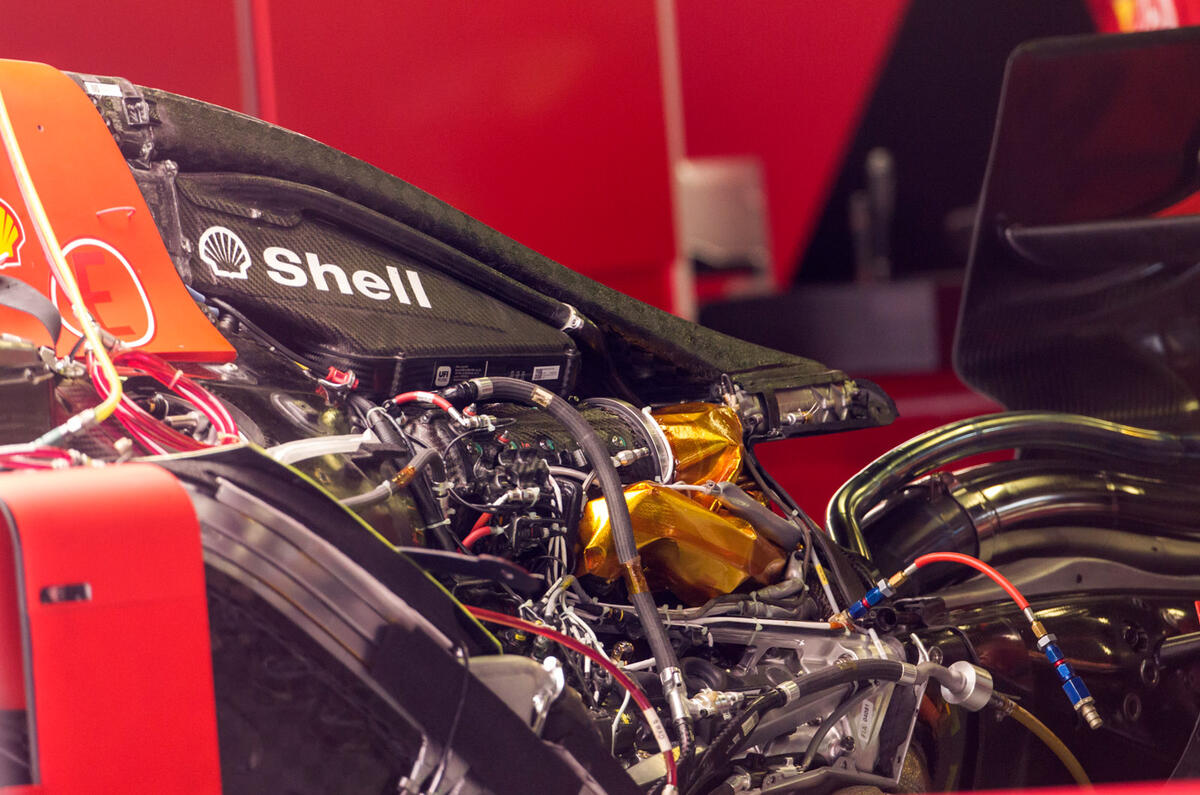

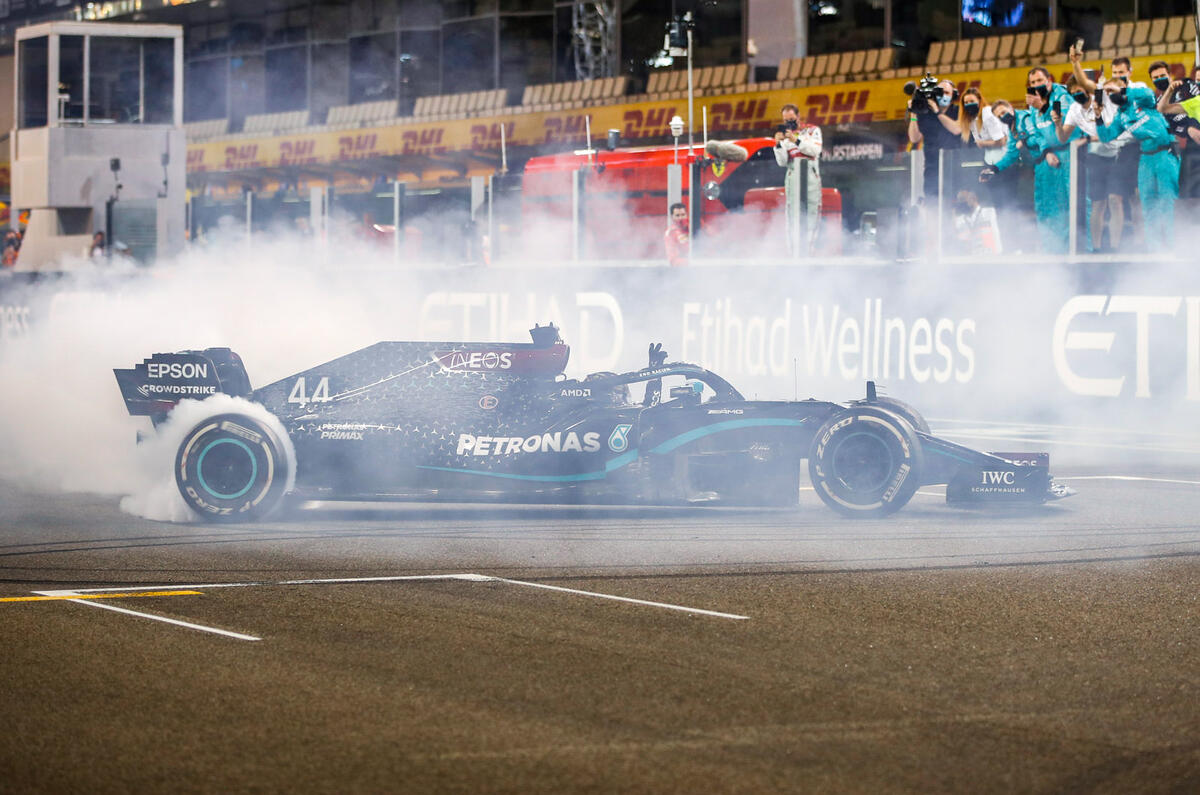
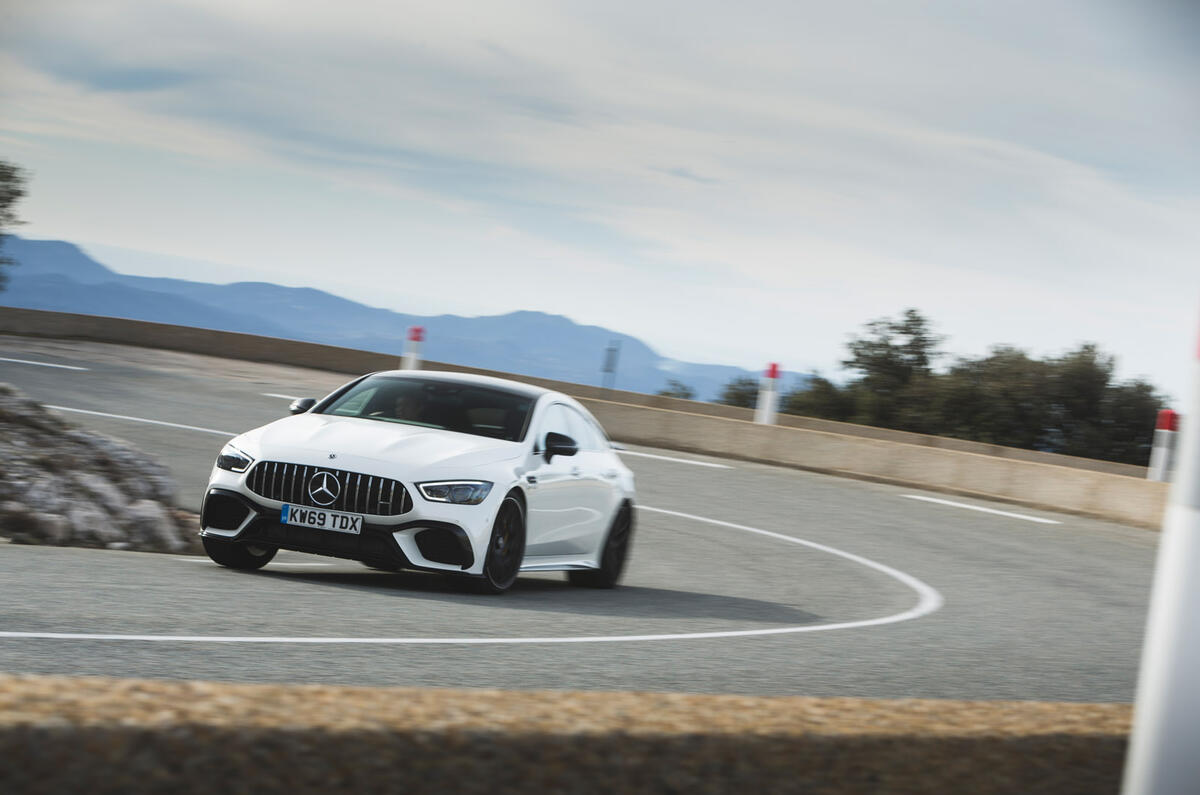

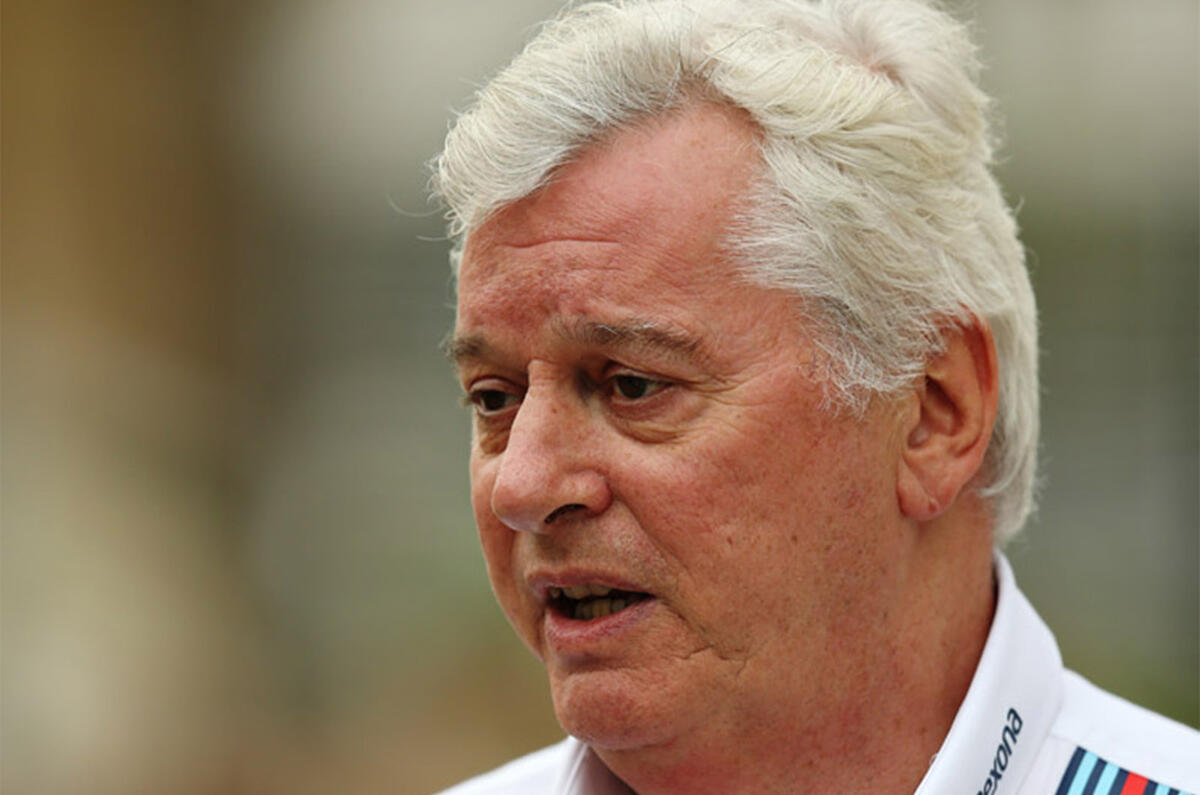
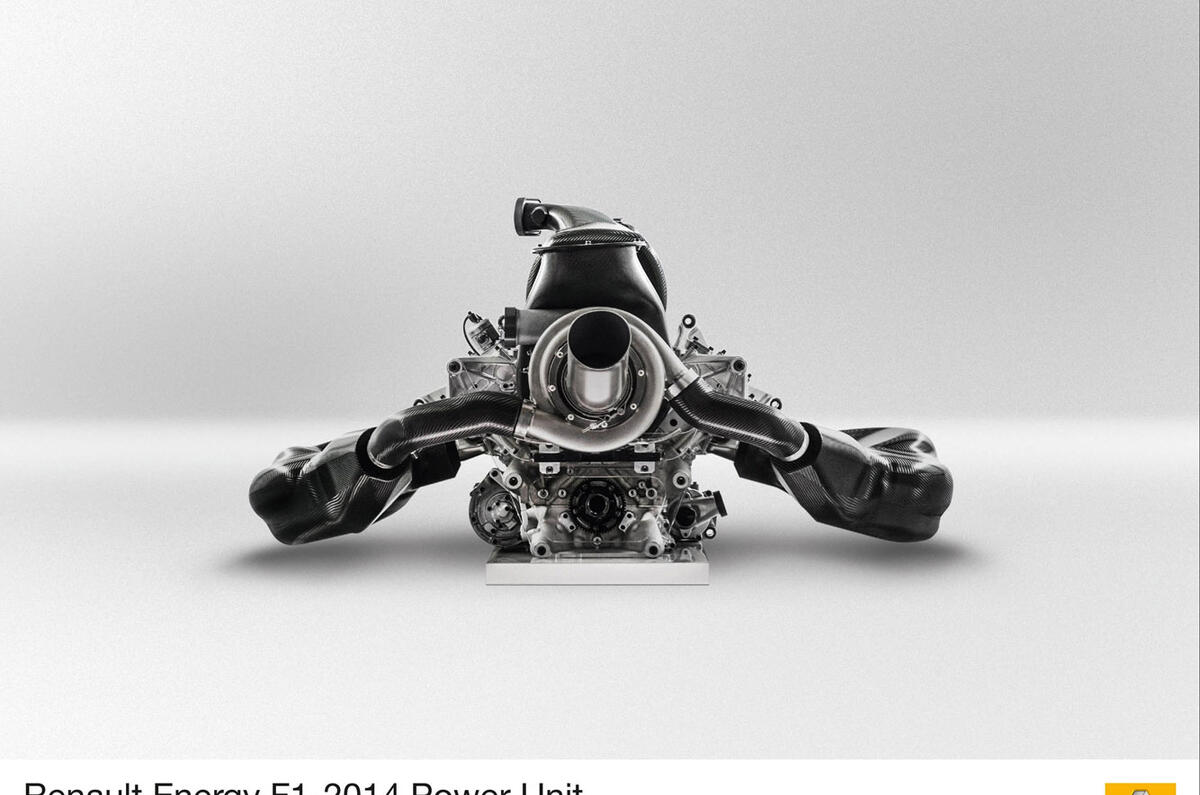
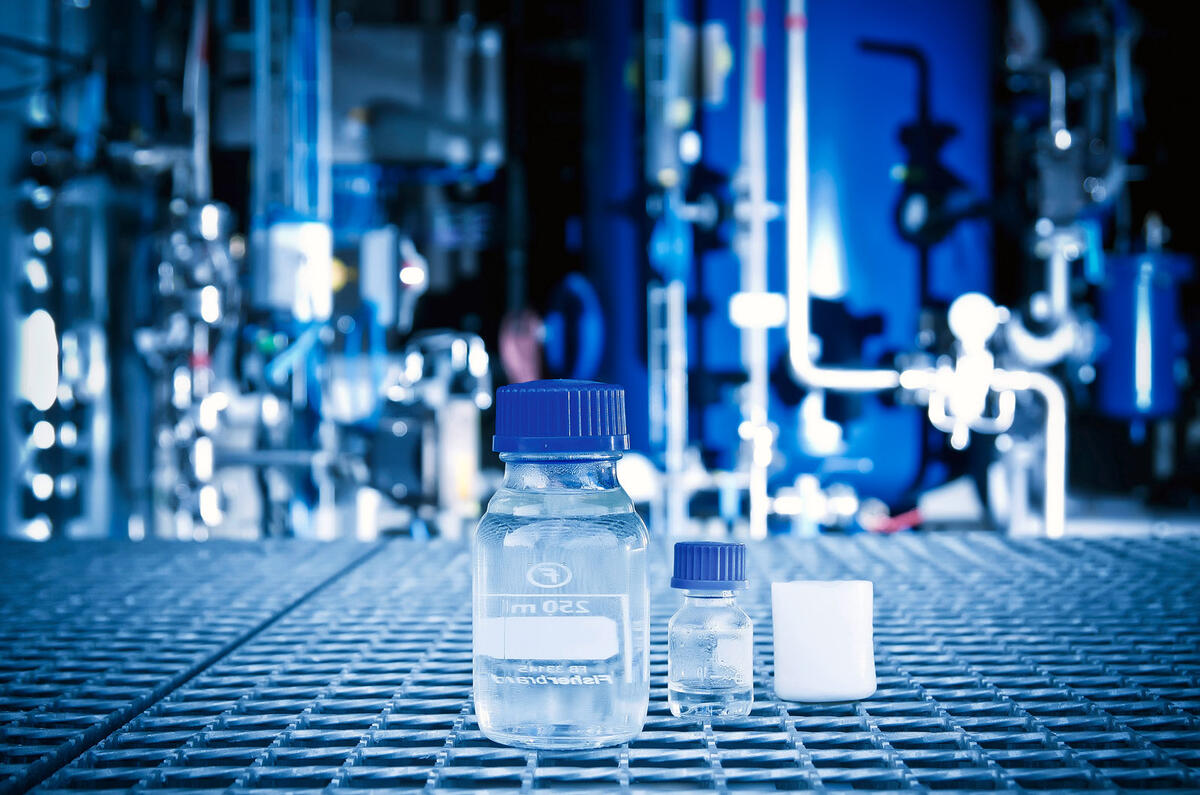
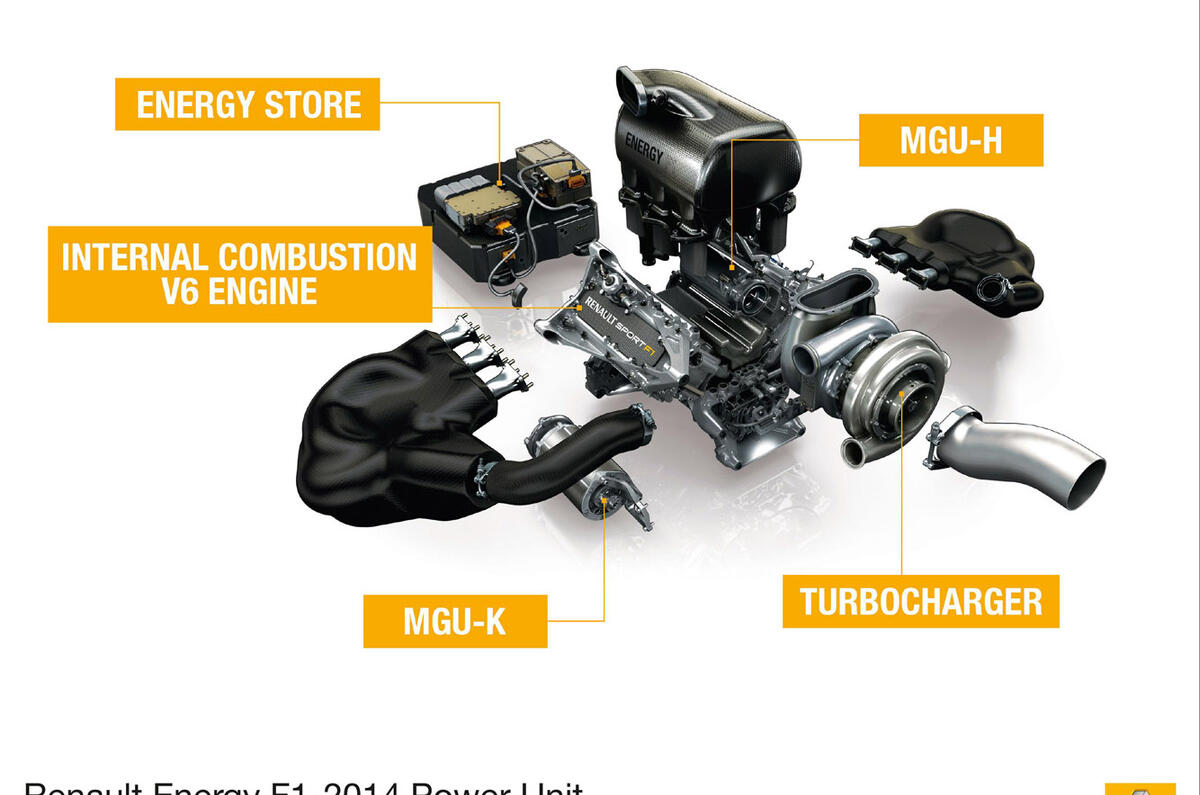
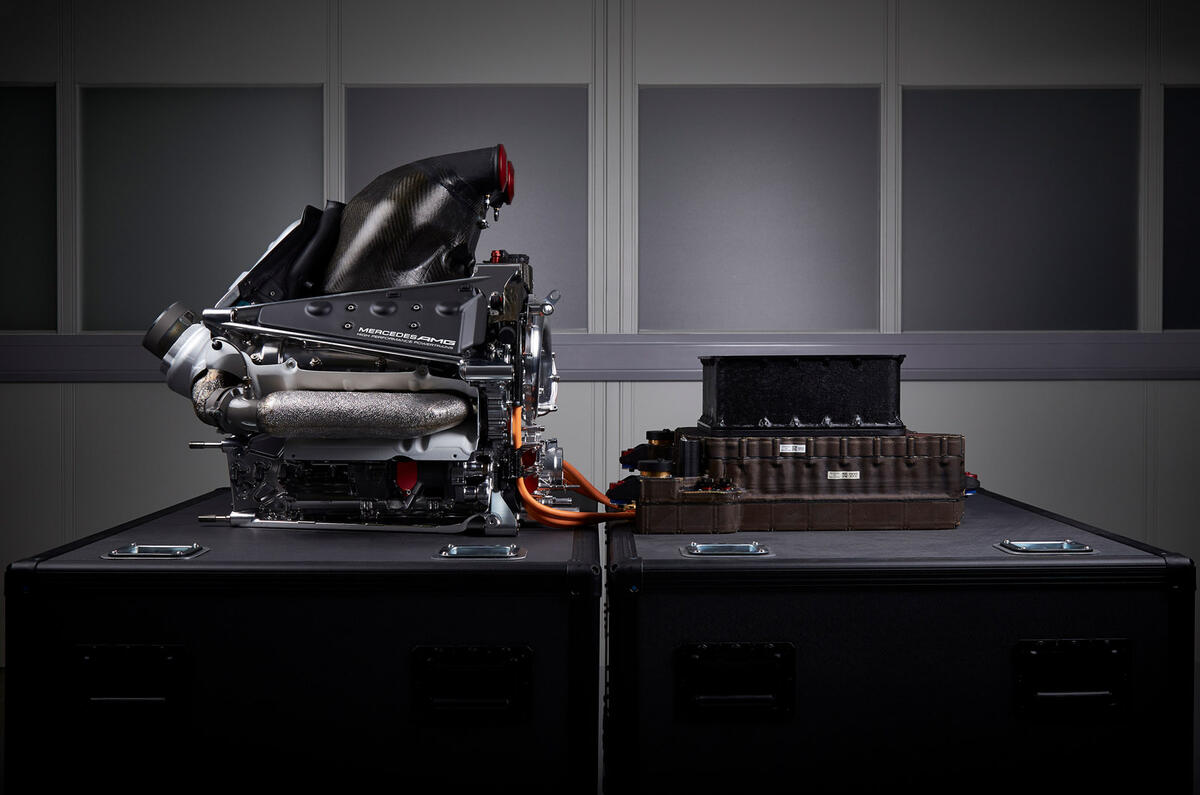
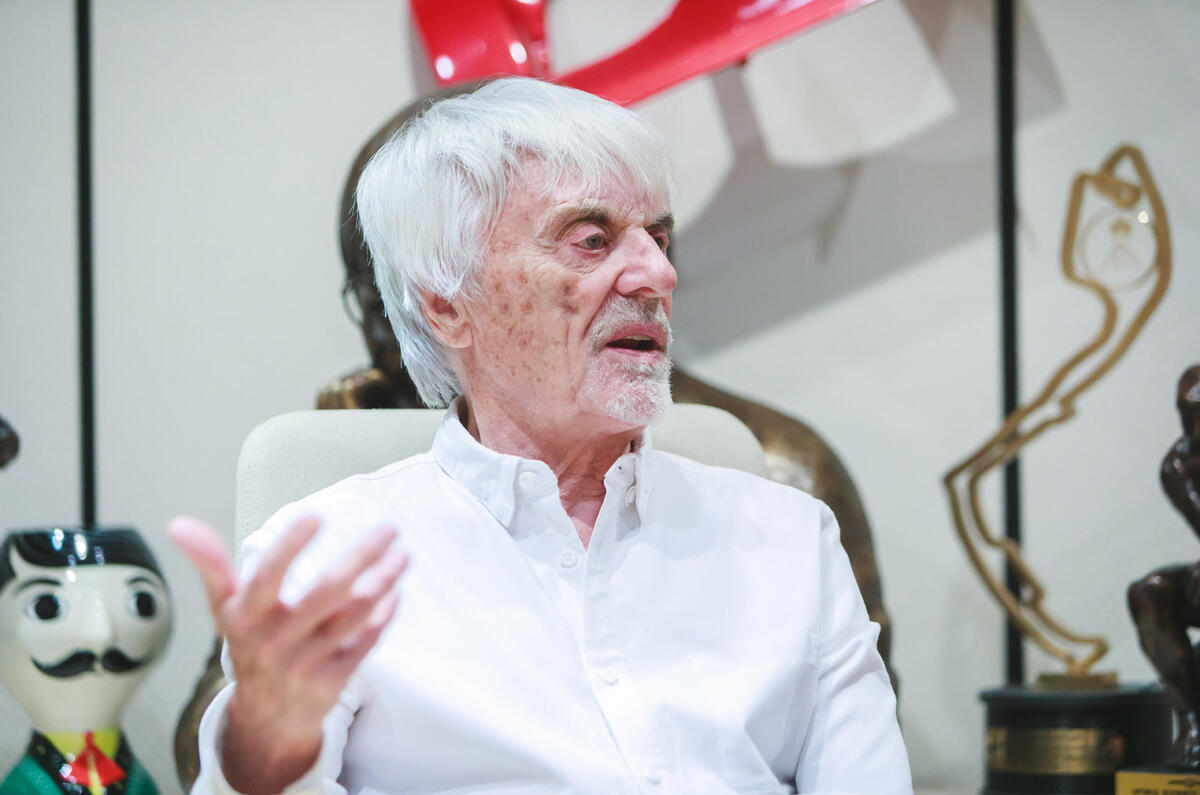
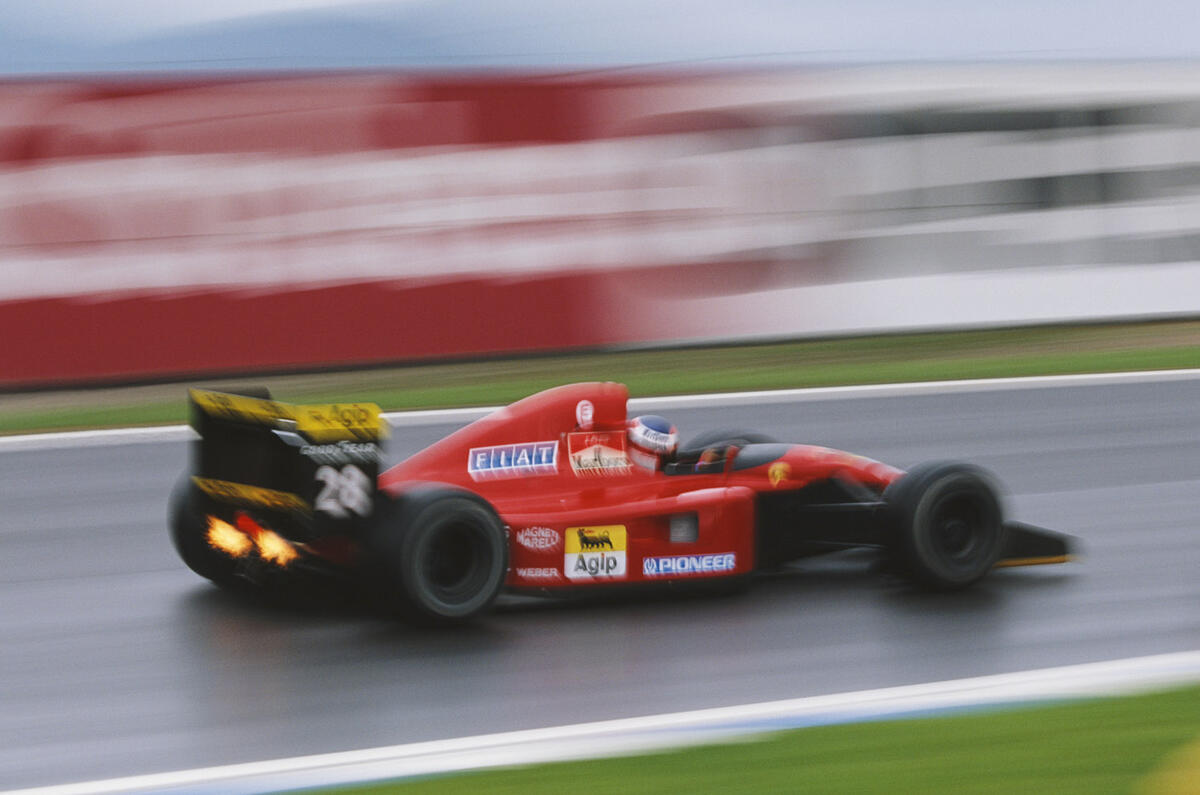
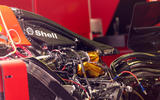




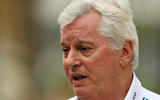
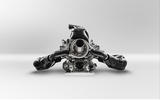
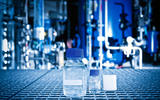
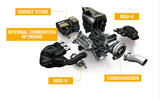
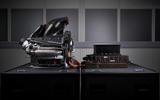




Join the debate
Add your comment
I honestly fail to see how a handful of racing cars (all categoris) make a perceptible impact on global pollution! They are not even the proverbial drop in the ocean!
And yes, we know about disc brakes: why were anti-lock brakes -developed for aviation- banned from F1?; paddle-shifters? The vast majority of DSG boxes are used in 'D' mode anyway... As for Merc's use of advanced software to control its 'electric turbo': see where that led with VW?
I lke Brawn; he has a very sharp mind and he has proved his ability at Team Manager, no question! However, when he took the Liberty Media shilling, he lost his soul and fighting spirit, I fear! He has become the very erudite spokesman for a big corporation and he now speakes 'Corporese'... We miss people like him in the paddock, for sure!
Yeah make the cars really fuel efficent, then fly them around the world in massive cargo planes supported by a travelling circus of motorhomes, it makes sense to someone.
There will be a day, which might already have happened, where the giant F1 onsite computing and video editing (for TV) center uses more energy than the engines in the race cars.
I recently heard that these days about one fifth of all electric energy in Germany is consumed by computing equipment and ancillaries.
Give it 5 years , F1 will be about SUVs , with automated reverse parking in the pit lane . With interview time .